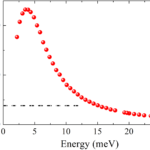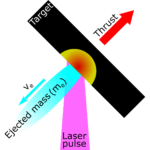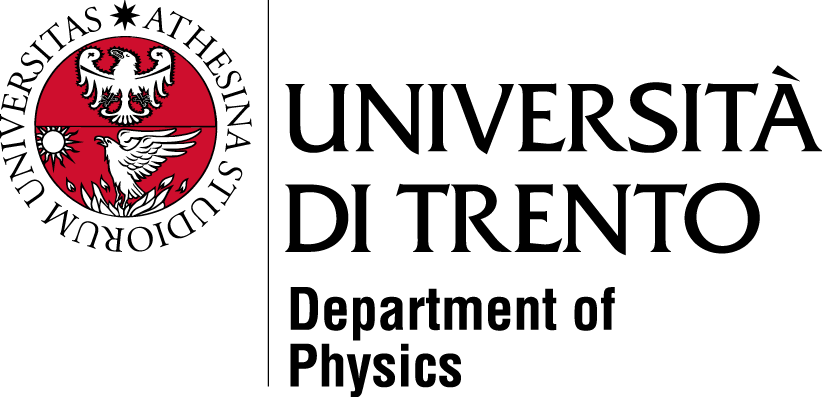LM thesis proposal
Supervisors: Raffaello Potestio (raffaello.potestio@unitn.it) & Paolo Tosi (paolo.tosi@unitn.it)
CO2 dissociation is a topic of growing interest, also because of its possible applications to solve energetic and environmental problems. The CO2 –> CO + O reaction can be initiated by the electronic impact excitation of CO2 into a dissociative state, producing CO or O in an electronically excited state (the formation of the ground state CO(X1Σ+)+O(3P) is spin-forbidden). This process requires an energy larger than 7 eV. On the other hand, if dissociation were achieved through vibrational up-pumping mechanism, only 5.5 eV would be sufficient. This second mechanism relies on the vibrational energy transfer that takes place in collisions between CO2 molecules. The anharmonicity of the potential, in fact, favors the further energy transfer towards already highly excited molecules at the expenses of lesser excited ones. Several clues have been collected that vibrational up-pumping might indeed function. However, the quantification of the efficiency of this process has remained elusive. Recent works have tackled this issue employing semiclassical dynamics, see e.g.
In this thesis project we aim at studying the vibrational quanta exchange in CO2 molecule collisions, focusing in particular on dissiociation and vibrational up-pumping, employing molecular dynamics techniques. Specifically, the objective is to implement the potential energy surfaces developed in the aforementioned works in the molecular dynamics software package LAMMPS, and perform simulations to study the dissociation mechanism acquiring sufficient statistics.
This project is carried out in collaboration with Paolo Tosi from the Atomic and Molecular Physics group.
References
- A. Lombardi et al., J. Chem. Phys. 143, 034307 (2015)
- A. Lombardi et al., Chem. Phys. Lett. 779, 138850 (2021)



